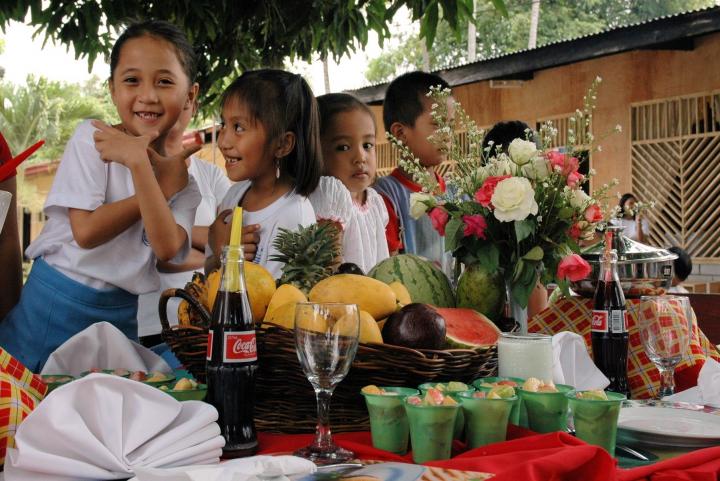Introduction: Dining Customs in the Philippines
Dining is an important aspect of Filipino culture, and it is often viewed as a way to strengthen relationships and build camaraderie among family and friends. Filipinos take pride in their cuisine, which is a fusion of different influences from various regions across the country. As such, there are several unique dining customs and etiquette that are observed in the Philippines.
Table Settings and Seating Arrangements
In the Philippines, table settings are usually simple and informal. The table is usually covered with a tablecloth, and plates, glasses, and utensils are arranged in a straightforward manner. Seating arrangements are also usually informal, with guests choosing their own seats. However, when hosting a formal event, the host may assign seating to ensure that guests are seated with people they know or would like to get to know better.
Serving Style and Protocol
When serving food, the host usually takes the lead and serves the guests first before serving themselves. It is also customary for the host or hostess to offer guests more food or drink before they finish what they have on their plate or glass. During meals, it is important to be mindful of other guests and not speak with food in one’s mouth.
Food Sharing and Communal Eating
Filipinos are known for their love of communal eating, and it is not uncommon for dishes to be placed in the middle of the table and shared among guests. Food is seen as a way to bring people together, and sharing it is seen as a gesture of hospitality and generosity. It is also customary for guests to offer food to other guests, especially the elderly or those who seem to have less on their plate.
Proper Use of Utensils and Hands
In the Philippines, it is customary to use utensils when eating, although it is not uncommon to eat with one’s hands, especially when dining with family and close friends. When using utensils, the fork is held in the left hand, and the spoon in the right hand. It is also important to avoid using one’s hands to touch food that is meant to be shared.
Conclusion: A Rich Culinary Culture
Dining customs and etiquette in the Philippines reflect the country’s rich culinary culture and values of hospitality and community. These customs are an important part of Filipino culture, and they continue to be observed and passed down from generation to generation. Whether dining with family or friends, or hosting a formal event, observing these customs and etiquette is a way to show respect and appreciation for Filipino culture.

